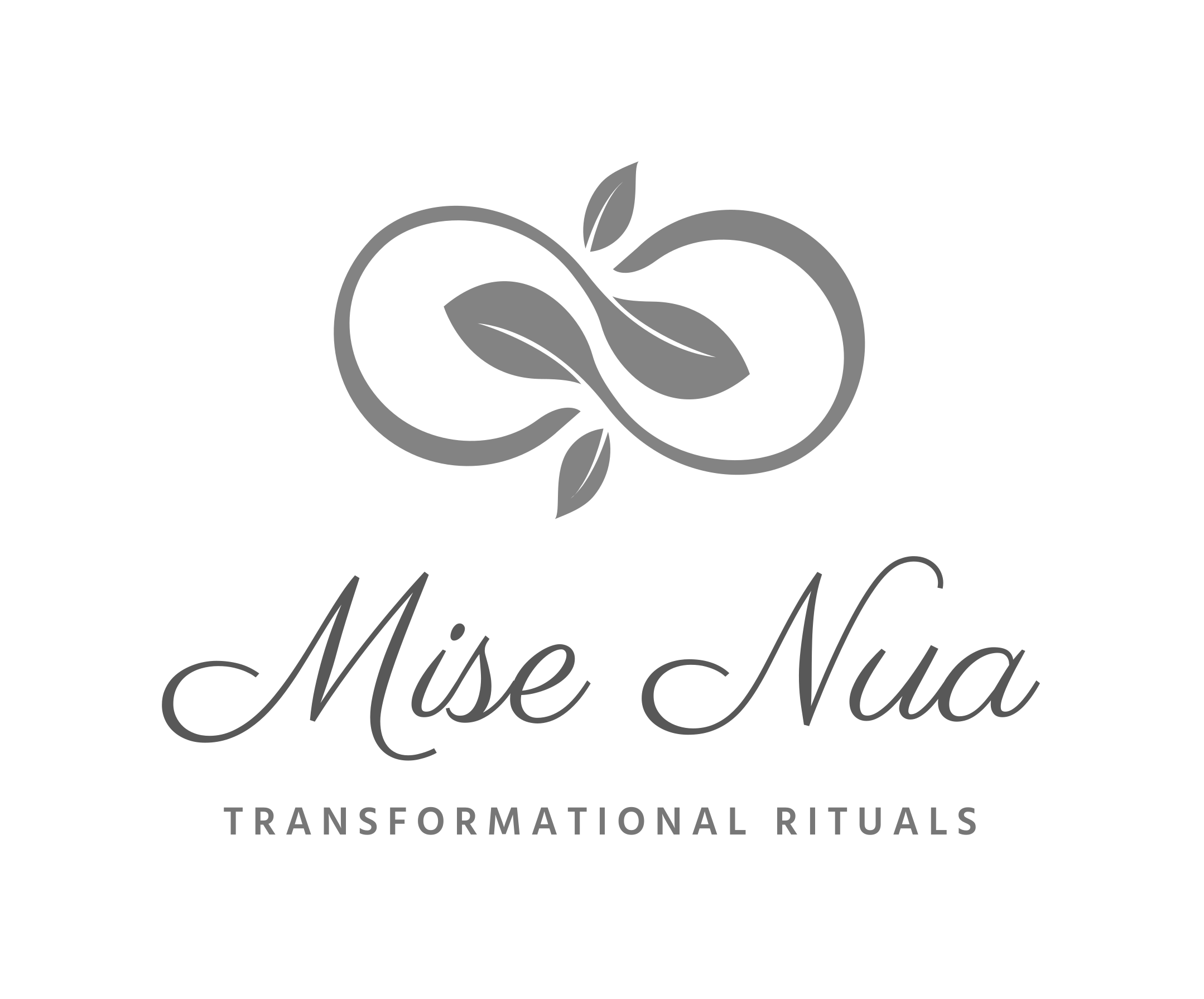sprtnodeSo5glghau13773c6g4f31uh11 9t0,tl29i0a40th8rfl8M 1c0f ·
Save Irish Fairy Forts is a heritage conservation community. We aim to raise public awareness of archaeological monument damage and destruction, we also aim to include the community in protecting our heritage, and inform the public that monument damage is ongoing in the Irish countryside. Save Irish Fairy Forts uses interesting and educational posts on Irish heritage, associated cultural beliefs, our archaeological monuments, and the folklore and mythology associated with them. This information allows people to learn more about our heritage and even locate, and visit heritage sites forearmed with detailed knowledge of the connected historical, mythological and folklore material.
These monuments are not just important because of their physical appearance and archaeological significance, they are also important in terms of preserving our heritage, and the folklore fueled belief systems regarding Fairy guardians, that have protected these monuments for millennia. The term Fairy Forts has been used on this page, as Irish society believed, and some still do believe, that the Fairy guardians would have their vengeance on anyone who damaged or interfered with archaeological monuments. Plus, Save Irish Fairy Forts is not a name you would forget too easily.
In Irish folklore, the Fairies are a magical people derived from the Tuatha Dé Danann who once roamed the surface world, but moved underground into the ancient mounds, stone and earthwork monuments, and fairy forts having been defeated by invaders. Fairies can also be spirits of the dead, our ancestors, non mortal entities or nature spirits.
These monuments are important in so many ways. Their physical appearance in the landscape, the archaeology that can be used to learn about the past, the mythological tales and folklore that contributed to a cultural belief system that protected our monuments, are all part of our Irish heritage, and part of what defines us as a people. The locals who respect our heritage, believed, and some still do believe in Fairies. In respect for these beliefs, the term Save Irish Fairy Forts is appropriate for this conservation crusade to protect our heritage, as it encompasses the physical, archaeological, mythological, the folklore, and the traditional beliefs of local people that protect our monuments.
Save Irish Fairy Forts will show the public, including landowners, how to identify and learn more about archaeological monuments, and how to recognize damage and destruction of monuments by physically observing, and using freely available aerial photographs and satellite imagery to monitor damage.
We also encourage the public to report instances of monument damage to the National Monuments Service, and to highlight recorded damage on here, and in local and social media.
Protecting our Monuments for future generations is our responsibility. These monuments are part of our heritage, and we are the guardians of the past, who must ensure the remaining archaeological monuments are saved for future generations to learn from and enjoy.
If you wish to report damage to a monument in the Republic Of Ireland please contact the National Monuments Service by phoning 01 8882000 or e-mailing nationalmonuments@housing.gov.ie and report it to the Gardai.
The contact details for reporting monument damage in Northern Ireland, can be availed of here: https://www.communities-ni.gov.uk/…/historic-environment-di… or email Historicenvironmentenquiries@communities-ni.gov.uk and report it to the Police Service of Northern Ireland.
For all those from Ireland and further afield who want to get involved in protecting our heritage, but are not from an archaeological background. The information below will show you how you can make a difference using modern technology without having to leave the comfort of your home.
Firstly, although it might sound high tech and complicated, I can assure you it isn’t. There are two map viewers which allow you to see the location and information on monuments recorded on the island of Ireland.
The Historic Environment Map Viewer for Northern Ireland, and the Historic Environment Viewer for the Republic of Ireland.
You can view satellite imagery of monuments in the Republic by clicking on the link below, and click on the Basemap Gallery option, and then select Digital Globe.
You can view satellite imagery of monuments in Northern Ireland by clicking on Layers List, and then activate the OSNI Orthophotography option by clicking on the box beside it.
It is not complicated, as the map viewers are basically a Google Earth type system with the monuments location denoted by a coloured circular dot. Clicking on the dot will allow you to discover more information about the monument.
The best thing to do is click on the links below, and basically play around with the map viewers until you get comfortable with them. You can even have a look at the old Ordnance Survey maps on the sites, under the Basemap Gallery and Layers List headings.
You can then use other satellite imagery, Google Earth, Bing Maps etc, to compare monument preservation levels with the recorded preservation status of the monument.
Farmers can see the location of monuments on their land they might not have known were there and avoid damaging them in the course of their work. Also, if landowners, developers, big business etc, throughout the island of Ireland, know we are watching them, and that their activities will be reported, they might just think twice about destroying our heritage.
If anyone needs any help feel free to ask.
Northern Ireland Historic Environment map viewer available at: https://dfcgis.maps.arcgis.com/…/webappvi…/index.html…
Republic of Ireland Historic Environment Viewer available at: http://webgis.archaeology.ie/historicenvironment/
